It’s March in the Driftless Region of Wisconsin. At Uplands Cheese, a 300-acre farm on Pleasant Ridge in Dodgeville, the ground is still frozen but there’s lots of activity as the Mericka and Hatch families prepare for newborn calves over the next 60 days.

One of the farmers, Liana Mericka, and her two children, Everett and Henry, lead me to the calves that arrived earlier that week. They warn me to avert my eyes from the wagon next to the calf shed; a couple of the babies didn’t make it through the night. Inside the shed, five calves are in heavy blue jackets to keep warm. A target yield for the calving season would be 55 female calves and 10 bulls.
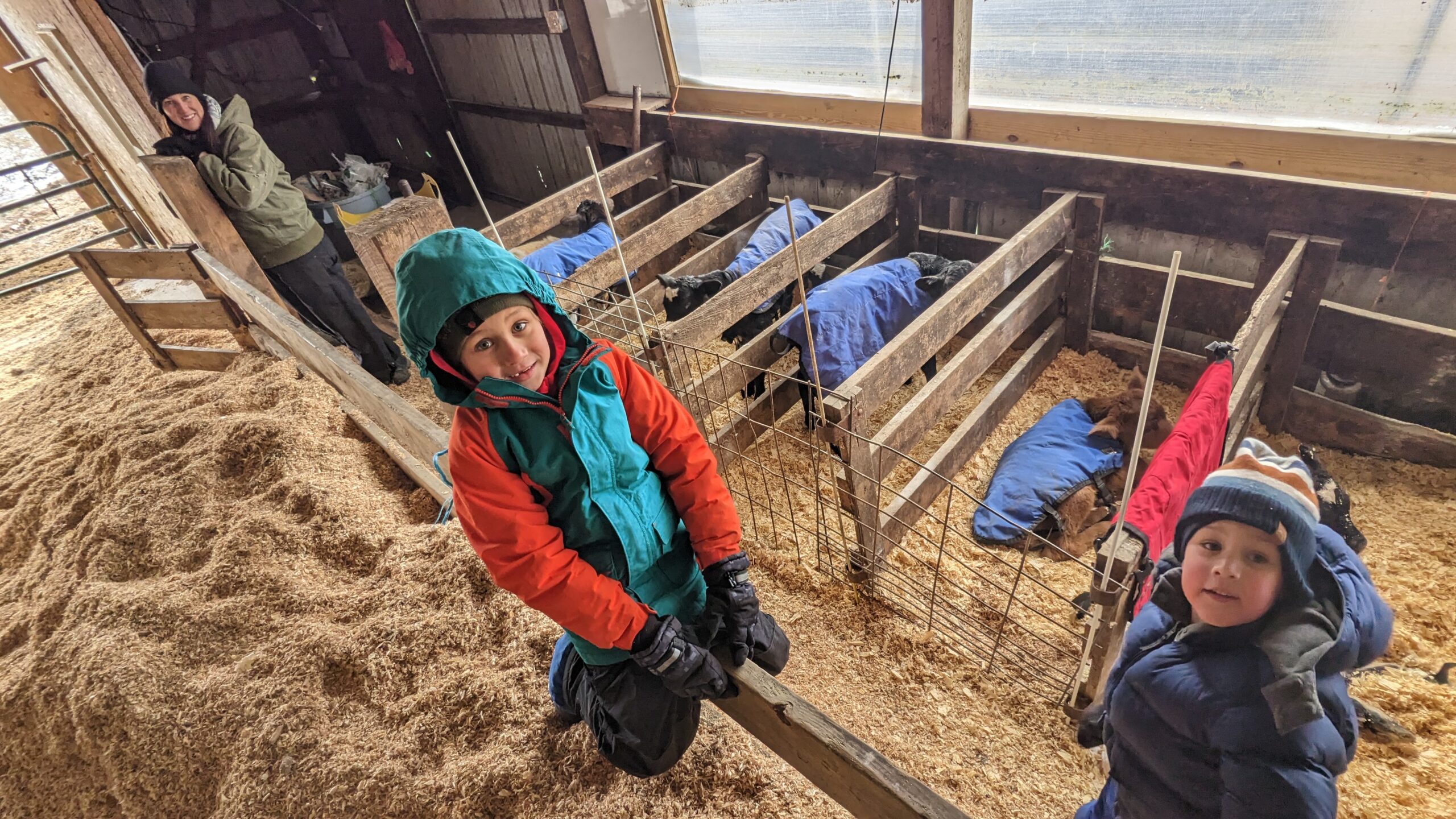
Liana’s husband, Scott, has been in the dairy industry for 15 years and switches hats through the seasons. “I consider myself a grazier or grass farmer. Dairy is just my preferred way to sell harvested grass. I am also a herdsman when I am engaged in animal husbandry.” He has the help of their veteran employee, Edgar, as well as brothers Jose and Fidel from Mexico.
SCOTT MERICKA, FARMER & CO-OWNER, UPLANDS CHEESE“There’s a lot of room for nature to work around us and that’s what makes this a great place to raise kids and teach life lessons. That’s what fuels my tank now.”
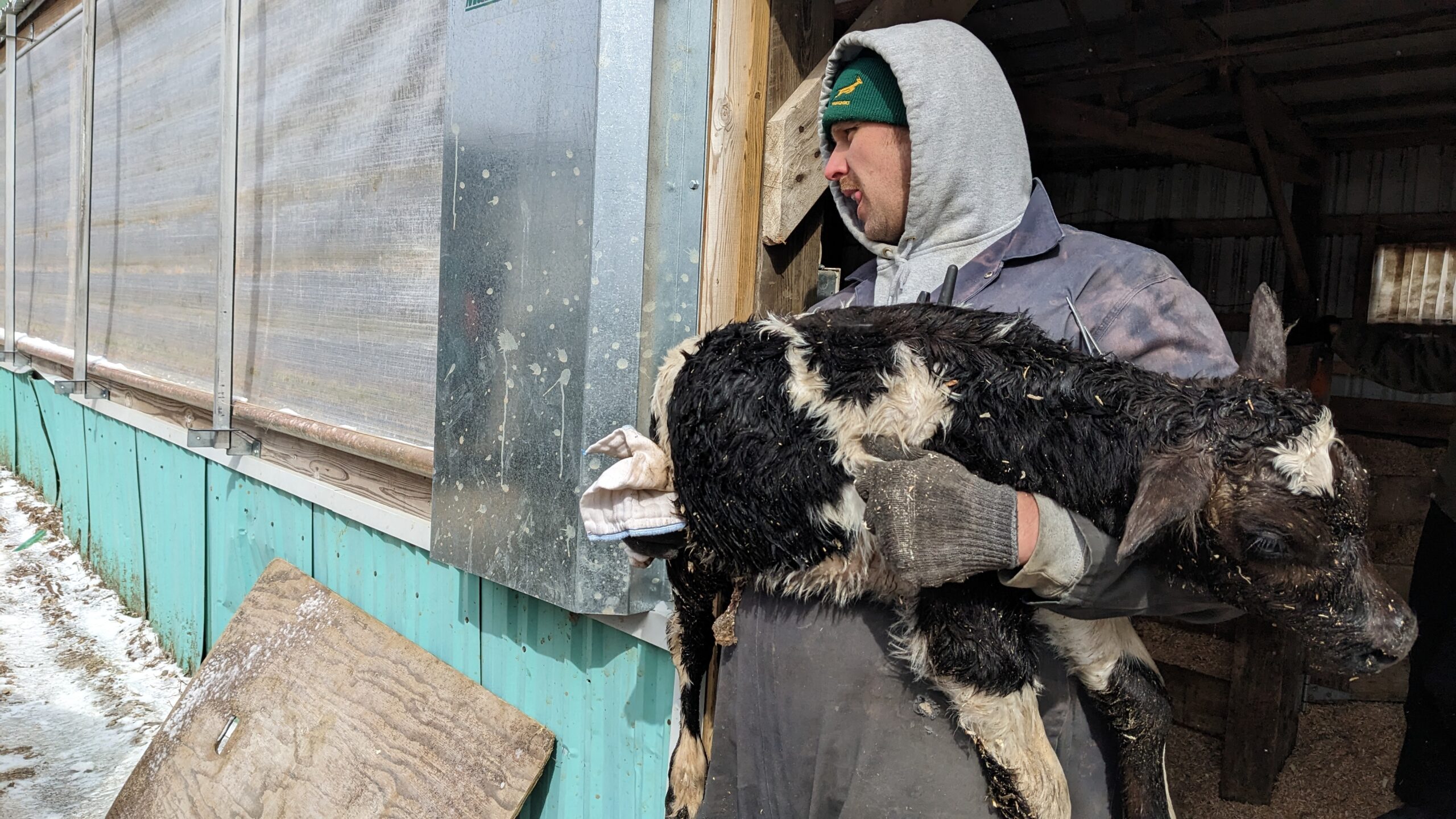
Some of the calves are taken to another farm to be weaned, along with containers filled with colostrum, the first milk from the mothers. By June, they will be transported back to the farm. As they get older, they are socialized together and guided through grazing by the herding dogs and farmers.
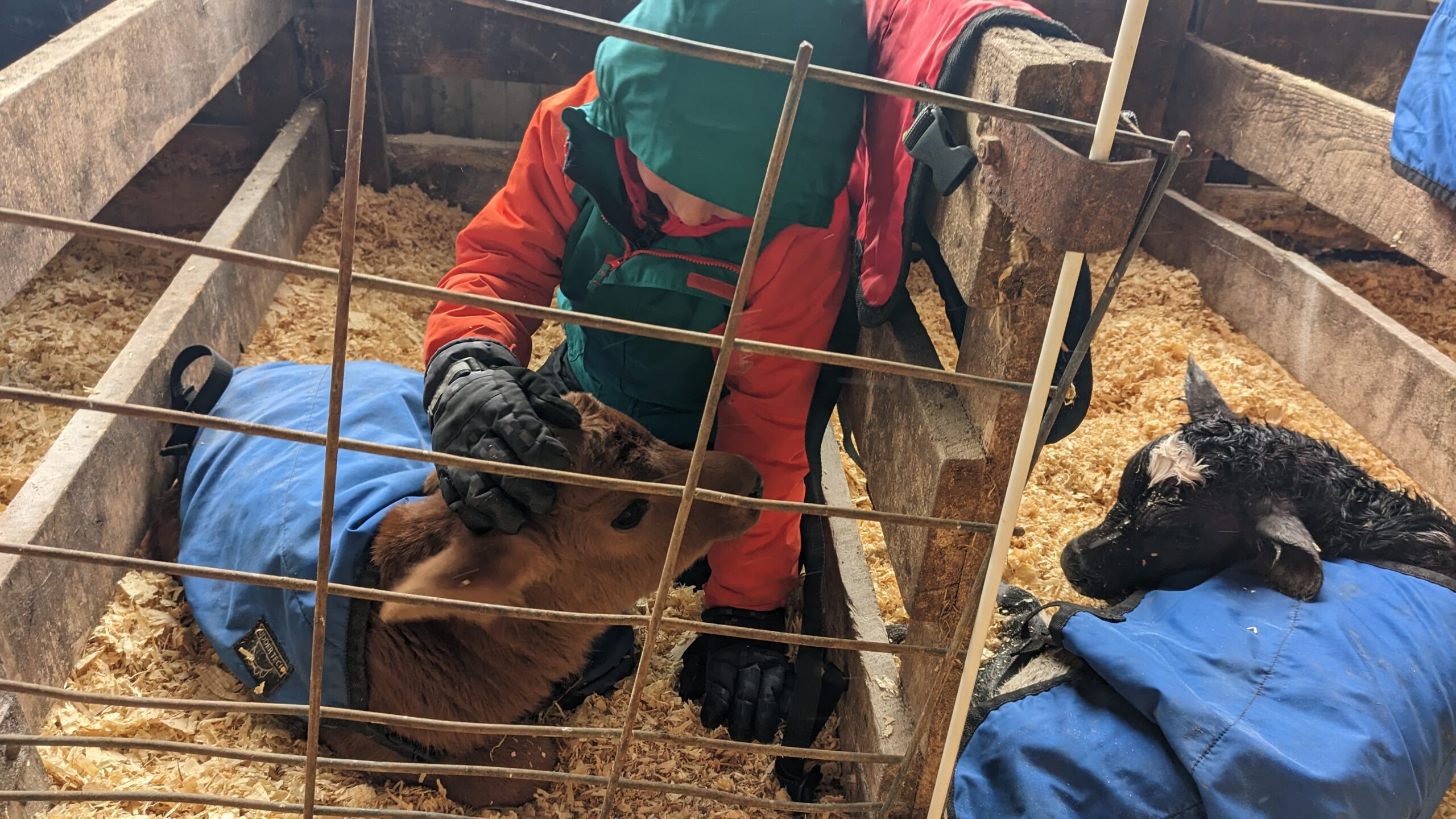
“Living on a working farm inspires me every single day. The weather is always changing, the animals teach us new things constantly and in those quiet moments of contemplation, I see possibilities,” says Caitlin Hatch, who produces art for a poster each fall to accompany the release of her husband Andy’s, Rush Creek cheese. Pictured is her watercolor painting titled ‘Bringing Home the Cows.’
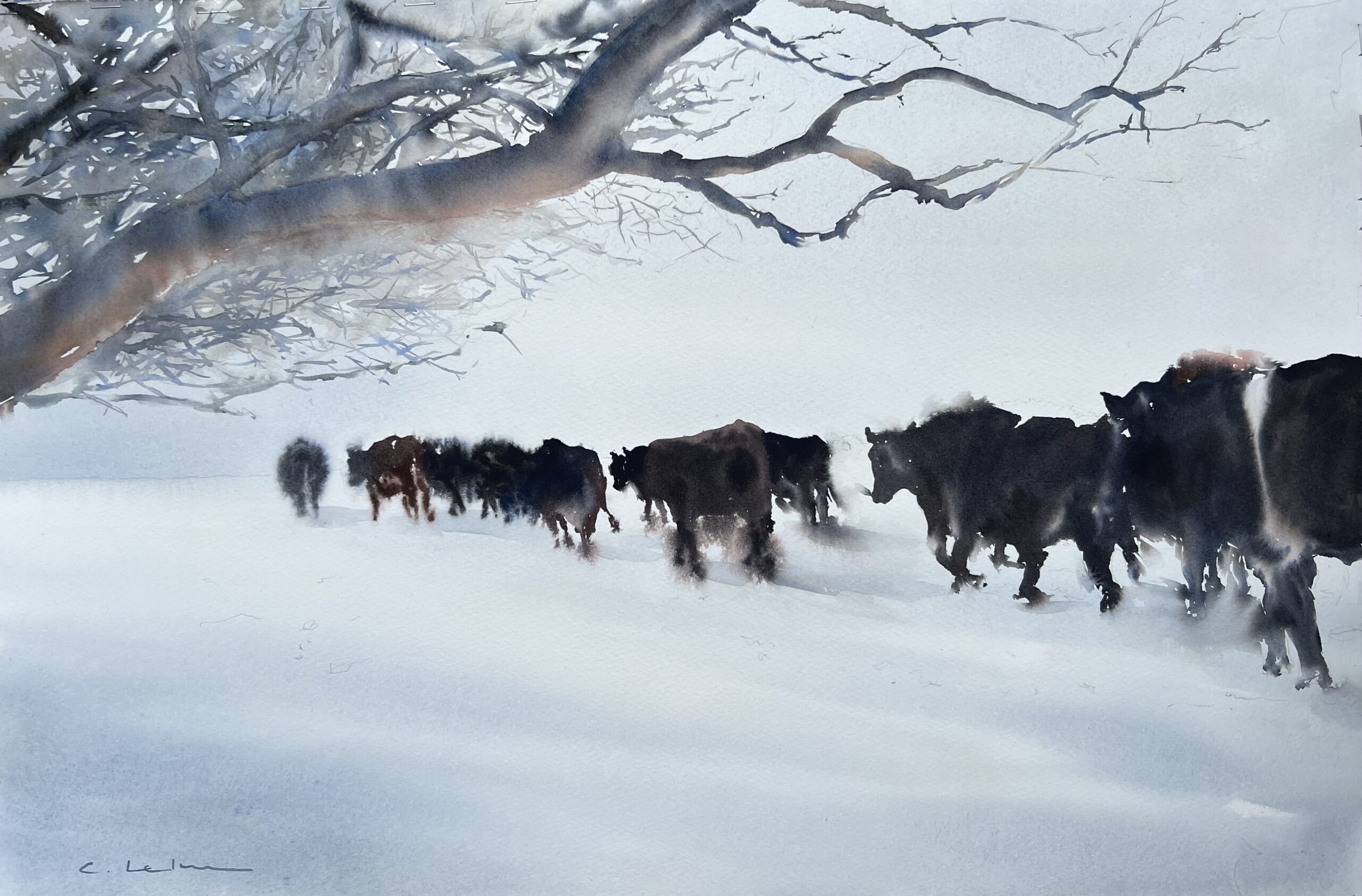
Art is alive on the farm in several ways. During lockdown, Andy and Caitlin even called in to the farm. With a computer strapped to a fence post, they performed ‘Handsome Molly,’ a favorite duet, to the cows. Most of the music you will hear, amidst the cacophony of the farm, are Cumbia, Norteña, Ranchera, and Banda Sinaloa, the preferred playlist of the farm team. Scott says that the cows prefer music to human chatter.
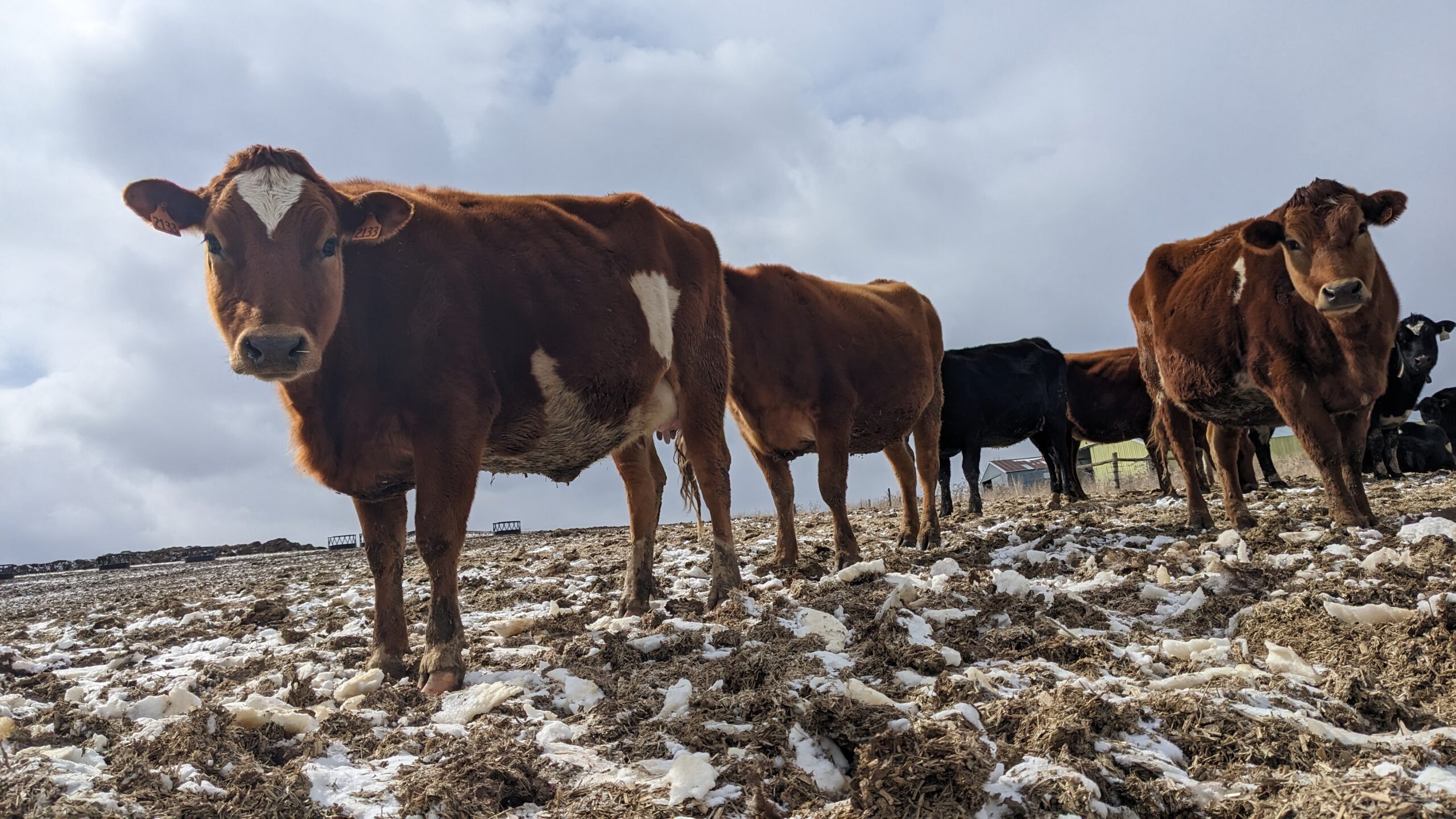

Uplands Cheese takes a traditional approach—aligning with the seasons—to produce their two cheeses: Pleasant Ridge Reserve and Rush Creek. The first is an alpine style that is only made in summer when the cows are grazing. The custardy Rush Creek is made when the cows are transitioning from the summer pasture to dry hay.
The season of rotational grazing happens on the perennial pasture of orchard and brome grasses, fescues, timothy, clovers, alfalfa, chicory, plantain, dandelions, lambsquarter, burdock, thistles, milkweed and many more. “The farmer in me hates thistles. They seem so daunting and can really eat up a pasture fast, but nonetheless they have become a very important pasture plant for pollinators and grassland birds,” says Scott. “I joke that the best herbicide is perspective. Would I trade a thistle free farm to lose an element that would surely reduce the biodiversity on our dairy? No way! Imperfection is what makes grazing so compatible with nature.”

At Uplands, one can see closely how the animals and the people care and provide for each other. This great balancing act provides a beautiful landscape to roam, for art and music to flourish and to nurture the soul. Ultimately, one can taste this goodness of life in the cheeses, and it goes out to the community. “There’s a lot of room for nature to work around us and that’s what makes this a great place to raise kids and teach life lessons. That’s what fuels my tank now,” adds Scott.
